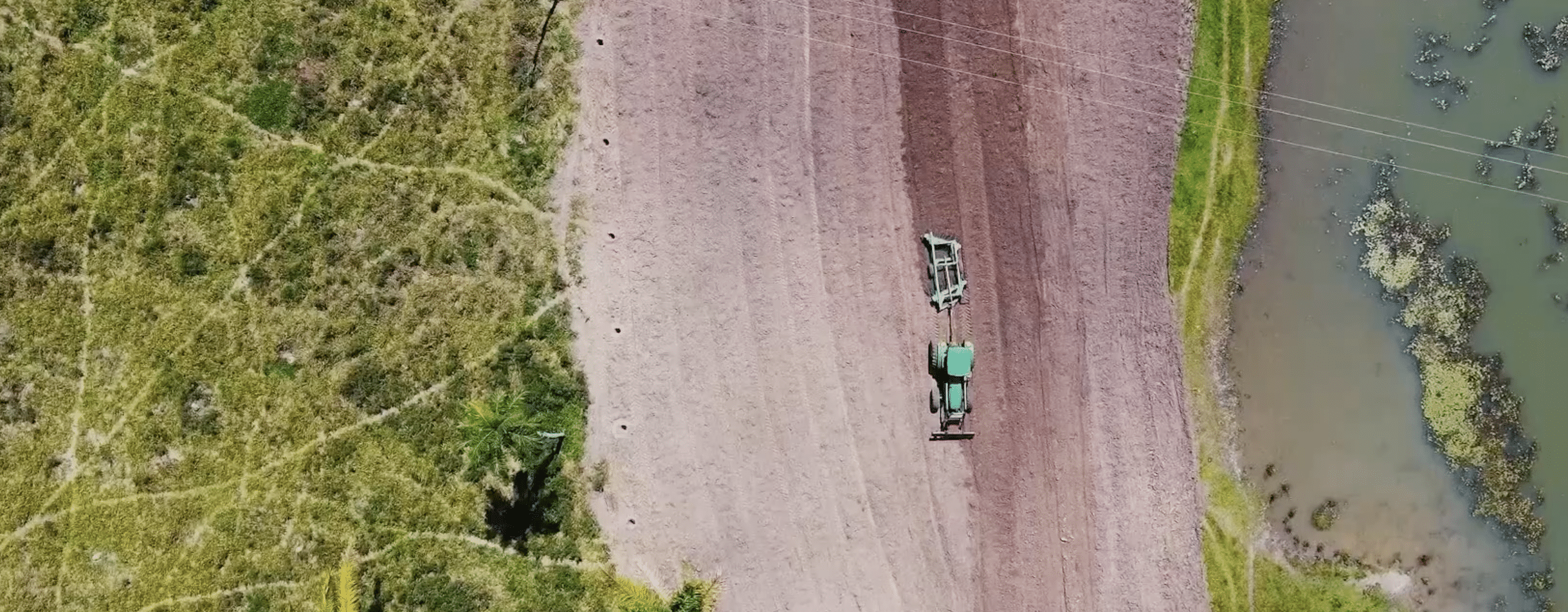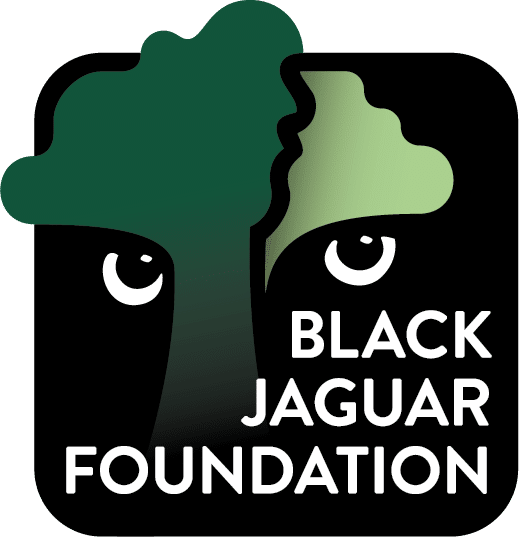
The above image shows soil preparation of one of our restoration sites
After receiving many questions on the topic, our Project Coordinator, Dimitrio Schievenin wrote a blogpost for the BJF about how the ecological restoration of forest ecosystems differs from non-forest ecosystems including grasslands. Dimitrio is a forest engineer with a Masters in Forest Science from São Paulo State University and a bachelor’s degree in Forest Engineering from São Carlos Federal University. We are proud to have him coordinating, organising, and implementing the ecological restoration that is needed to realise the Araguaia Biodiversity Corridor!
Ecological restoration is often associated with planting native trees. However, not all natural ecosystems are forests – some do not even have trees. Therefore, all ecological restoration must consider the composition and structure of the original ecosystem in the planning and implementation of projects.

Map illustrating the Araguaia Biodiversity Corridor
The Araguaia Biodiversity Corridor covers the two largest biomes in Brazil: the Amazon Rainforest and the Cerrado Savanna. The Amazon consists mainly of forest environments which vary depending on flooding, seasonality, and type of soil. This is not the case for the Cerrado Savanna. Though this biome does have many forested areas, it consists mainly of open patches of land that may or may not contain trees. The so-called “typical Cerrado” (cerrado strictu-sensu) is made up of smaller trees, spaced to the point that they are not able to form shade over the ground with their leaves, and have full canopy closure, but do contain bushes and native grasses.
There are also grasslands, which may not contain any trees at all. All these native non-forest environments play a very important role in ensuring ecosystem services. This is especially true when it comes to replenishing groundwater and enabling biodiversity to thrive. When there is a need to restore an ecosystem that was originally not forested, planting trees may not be the best strategy, as it modifies the environment and harms the ecosystem services and fauna that do best in open areas. In this case, the reintroduction of native grasses and shrubs, as well as the control of invasive exotic grasses, is what could really help in the recovery of the ecosystem.
So far, the Black Jaguar Foundation’s efforts have focused on the central and northern portion of the Araguaia Biodiversity Corridor, which has mostly forests. Nevertheless, once we start restoring savannah and grassland areas, we will of course be sure to use the best practices and always take into account the area’s previous vegetation. After all, the reason we are carrying out ecological restoration is to revitalize our ecosystems for the long term.




